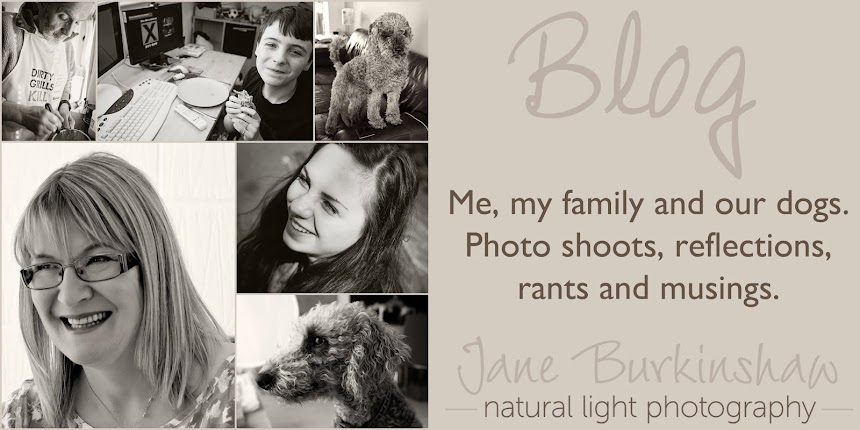 |
| Collage created in Picasa |
- Easily view your images in one place.
- Perform simple edits including removing blemishes.
- Easily apply creative effects.
- Add text.
- Create collages, slideshows, online albums.
And it's so easy and user friendly! To go to Picasa's web page click on the link http://picasa.google.com
I only have one gripe and hopefully they're working on it as I've seen it mentioned by other people - how on earth do you re-size images to make them suitable for using online?! Given that 300 million photographs are uploaded to Facebook daily (!) you'd think there'd be an obvious "re-size image" button on any editing package wouldn't you?!
You can re-size images with Picasa and even add a copyright statement but it's not obvious how. You have to select your images and hold them in the bottom left tray and then press EXPORT. Don't ask me why!
 |
| Click on image to see larger version |
This is the pop up window you will see when you click EXPORT.
 |
| Click on image to see a larger version |
Click on "Resize to" and then select the appropriate size (see my guide below). The maximum size shown is 1600 pixels but you can enter your own value that is higher or lower if you wish. I usually leave the image quality on Automatic. You can also see that you can use a watermark by entering some text and ticking the option.
It's important to specify where you would like the images to be exported to so that you can find them. I usually send them to the Desktop and then periodically delete them to clean up the desktop. Remember that your original files will still be preserved unchanged in their original location.
I usually re-size as follows:
400-600 pixels => to display on mobile phones.
600 pixels => if I want someone to see the image but not be able to print a decent version of it.
800-1000 pixels => for Facebook.
1500-2000 pixels => for Pinterest
2500 pixels => to result in an image that is between 1-2MB and could be printed 4"X6" or 5"X7".
I always copyright my professional pictures with a watermark.
These are based on what works for me.
If I'm emailing images I usually use Picasa's EMAIL button which automatically re-sizes them. Sometimes I EXPORT them first to apply the watermark and then EMAIL the exported images.
I hope this was all clear. If you have any questions please let me know.
If you live in or near Cheshire why not book onto one of my courses and learn lots more!
By Jane Burkinshaw. Share this post by clicking on one of the Share buttons on the right hand side. I'd love to hear your comments too!




